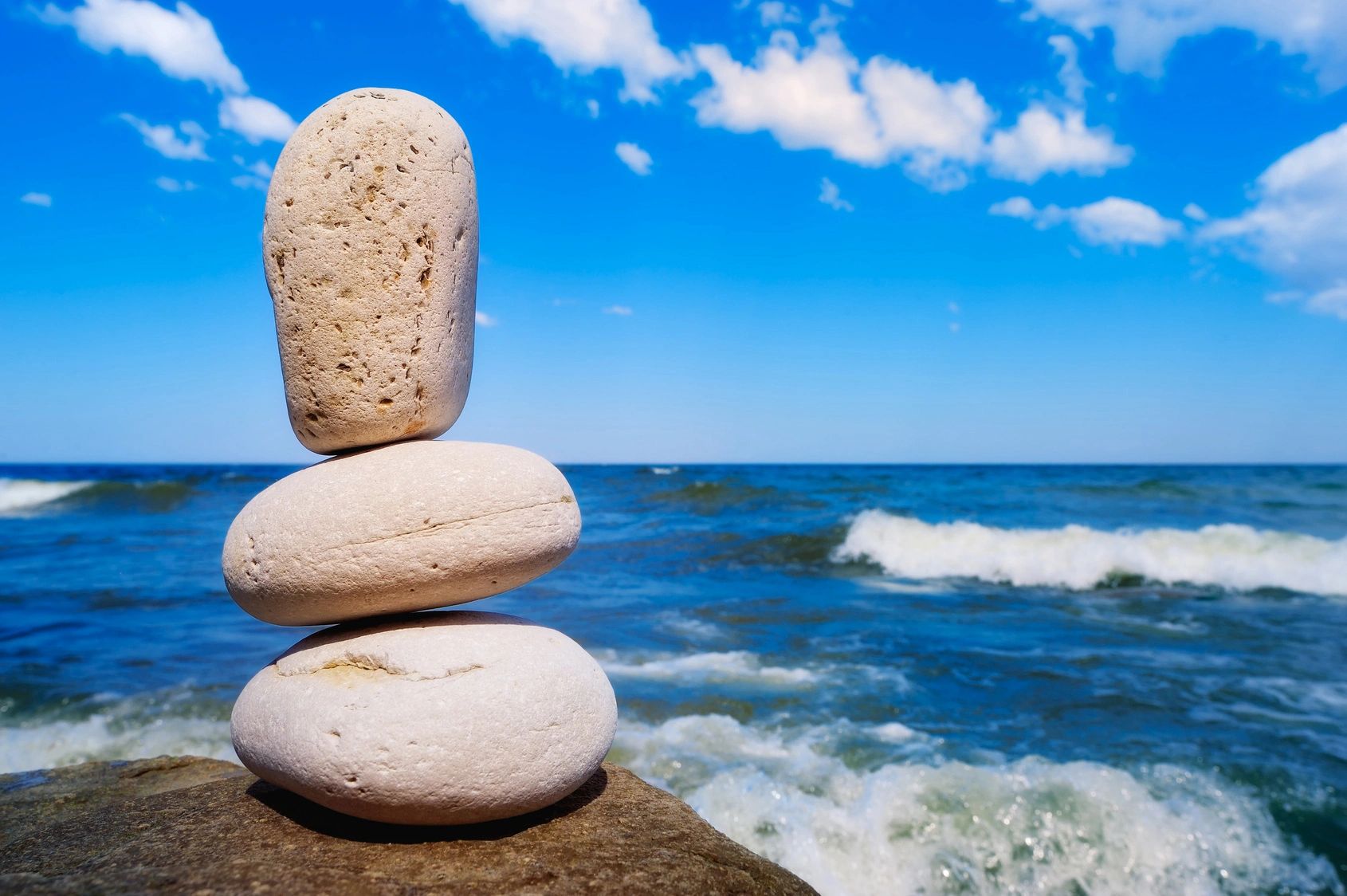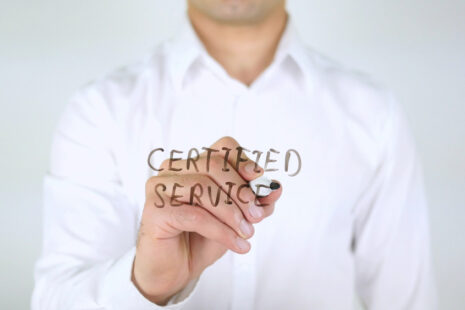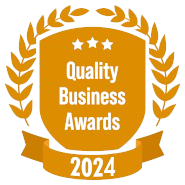Achieving Work-Life Balance: The Power of Mindset, Skillset, and Toolset
Introduction:
In today’s fast-paced and demanding work environment, achieving a healthy work-life balance has become more challenging than ever. Consequently, the key to navigating this delicate equilibrium lies in adopting a holistic approach that encompasses three essential elements: mindset, skillset, and toolset. Let’s explore how cultivating the right mindset, developing crucial skills, and leveraging appropriate tools can pave the way for a more fulfilling and balanced life.
Mindset:
- Prioritize Self-Care: Embracing a work-life balance mindset begins with recognizing the importance of self-care. Understand that taking care of your physical and mental well-being is not a luxury but a necessity. This involves setting boundaries, learning to say no when needed, and making time for activities that bring joy and relaxation. It also means doing some things that we don’t necessarily find enjoyable. Wide is the path that leads to destruction and an easy life. Narrow is the path that leads to life! Exercise, rest and diet aren’t always the easiest things to conquer, however, for they are necessary for a happy healthy life.
- Embrace Flexibility: Cultivate a mindset that embraces flexibility and adaptability. Recognize that the traditional 9-to-5 model may not always be applicable or conducive to a balanced life. This mindset shift allows for a more dynamic approach to work, enabling you to better juggle professional and personal responsibilities.
- Focus on Quality Over Quantity: Shift your mindset from measuring success solely in terms of hours worked to valuing the quality of your output. This change enables you to concentrate on tasks that truly matter, fostering efficiency and leaving room for personal pursuits.
Skillset:
- Time Management: Developing effective time management skills is crucial for achieving work-life balance. Learn to prioritize tasks, set realistic goals, and allocate time efficiently. This skill not only enhances productivity at work but also creates space for personal activities.
- Communication Skills: Effective communication is key to managing expectations both at work and in personal relationships. Clear communication helps in setting boundaries, expressing needs, and avoiding misunderstandings, contributing to a more balanced and harmonious life.
- Stress Management: Acquiring stress management skills is essential for maintaining equilibrium. Learn techniques such as mindfulness, deep breathing, or regular exercise to cope with work-related stressors. These skills not only enhance your well-being but also positively impact your professional performance.
Toolset:
- Technology for Efficiency: Leverage technology to streamline tasks and increase efficiency. Utilize project management tools, calendar apps, and communication platforms to organize work responsibilities, reducing the risk of burnout and freeing up time for personal pursuits.
- Remote Work Tools: If applicable, embrace tools that facilitate remote work. This can include video conferencing platforms, collaboration tools, and cloud-based applications, allowing for a more flexible work arrangement that supports a healthier work-life balance.
- Wellness Apps: Explore wellness apps that promote mental health, mindfulness, and physical well-being. From meditation apps to fitness trackers, these tools can aid in maintaining a balanced lifestyle by providing guidance and encouragement for self-care practices.
Conclusion:
Achieving work-life balance is an ongoing journey that requires a combination of the right mindset, skillset, and toolset. By prioritizing self-care, developing essential skills, and leveraging technology wisely, individuals can create a fulfilling and harmonious life that integrates both professional and personal aspirations. Remember, it’s not about finding a perfect balance but rather creating a dynamic equilibrium that adapts to the ever-changing demands of modern life.







